Situated at the confluence of the Gambhir and Banganga rivers in the Bharatpur district of Rajasthan, the sanctuary was originally a natural depression prone to seasonal flooding. Over a period of time it developed into a lush, thriving system of freshwater marshes that attracted a large and diverse population of migratory birds. The Maharajas of Bharatpur added some bunds (dykes) and developed it as a duck shooting reserve. You can see the list of their exploits inside the park.
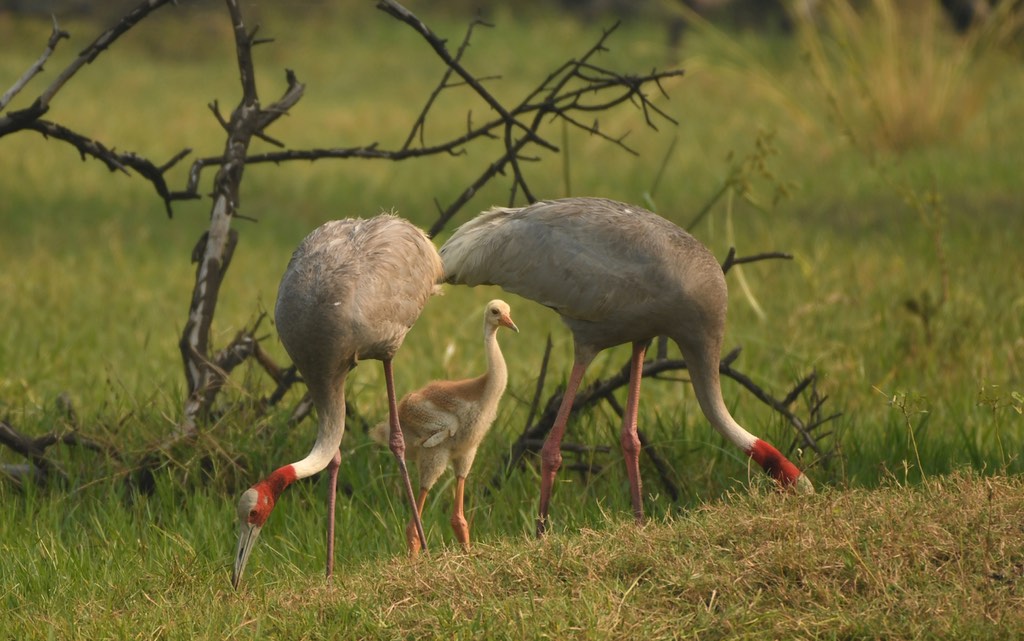
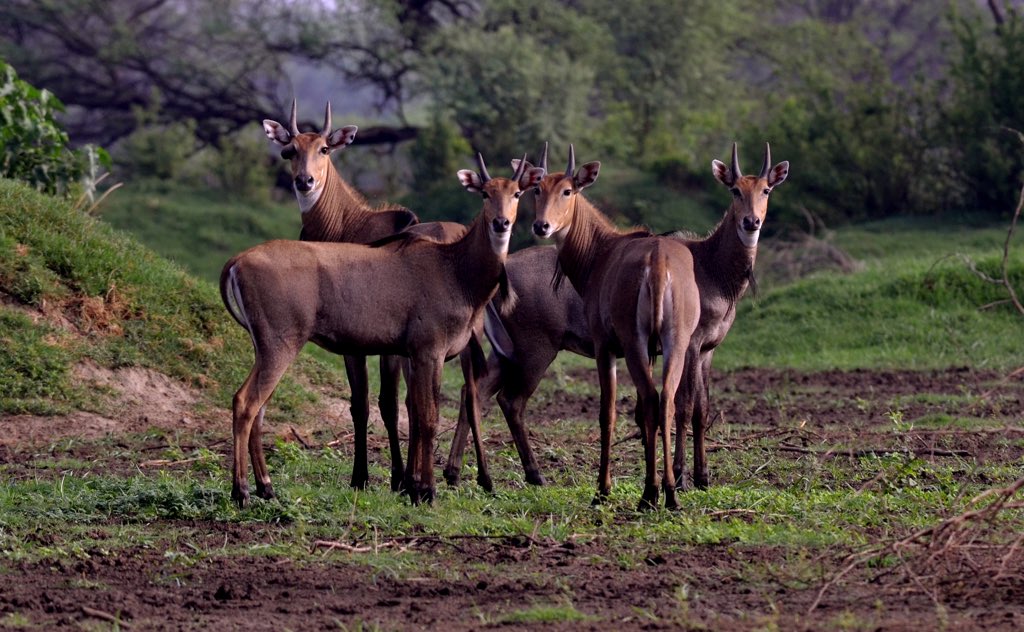
A short straight road from the main gate takes you past the barrier, from where the core area begins, to the centre of the park. Apart from the conventional method of exploring the park on foot, we can also arrange a bicycle though the most preferred mode is a cycle rickshaw tour. Our handpicked rickshaw guides double up as excellent naturalists. Since they have been going to the park almost every day for years, they are the ones who have the most recent updates about good breeding areas and where to find particular birds.
The annual monsoon brings with it bird life from all over the country to Keoladeo National Park the world heritage site here in Bharatpur, Rajasthan. This season the Park is looking stunning. It is lush green and the lakes are full of water. Hundreds of exotic birds have started to breed, their nesting homes are the Babool and Kadam trees of the Park. For the first time in 10-12 years water is pushing through the Ajan Bandh and filling the entire Keoladeo wetland right up to the Park entrance.
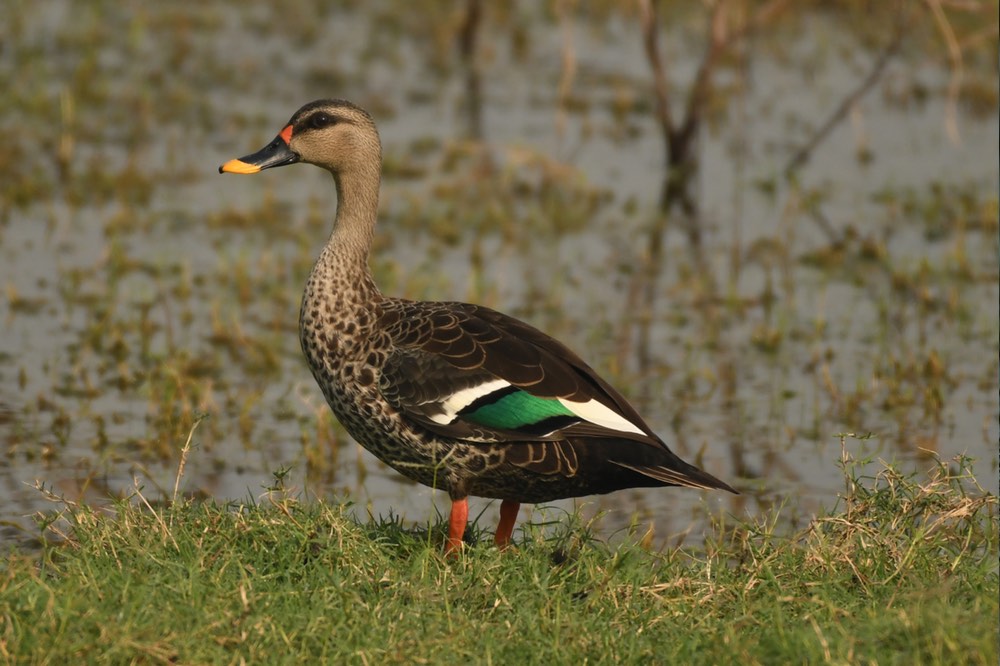
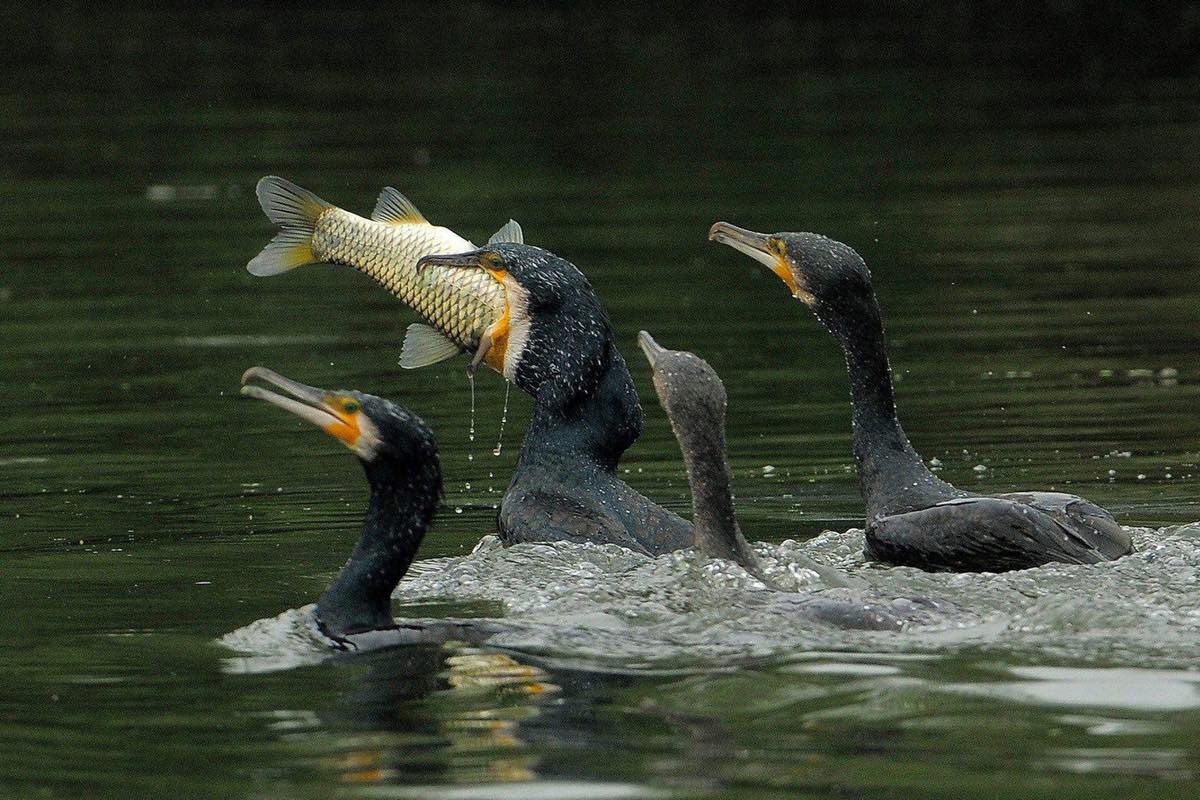
In the event of a good monsoon, you also have the option of taking a leisurely boat ride. (subject to the water level in the park) Boating gives you close access to nesting sites and is extremely rewarding for photography. Each gives a unique dimension to the Keoladeo experience. To explore the birdlife at nearby Ajan Bund reservoir and Bund Baretha, a taxi can be arranged.
With the assurance of enough food and water, hundreds of Cormorants (three species), Darters, Purple and Grey Herons, Egret, Storks Painted, Open-Billed, White and Black Necked as well as a plethora of other birds are busy courting and mating. The trees are currently overflowing with nests that resemble a pearl necklace, with some housing up to 60-70 nests each belonging to different species of birds looking after their young chicks.
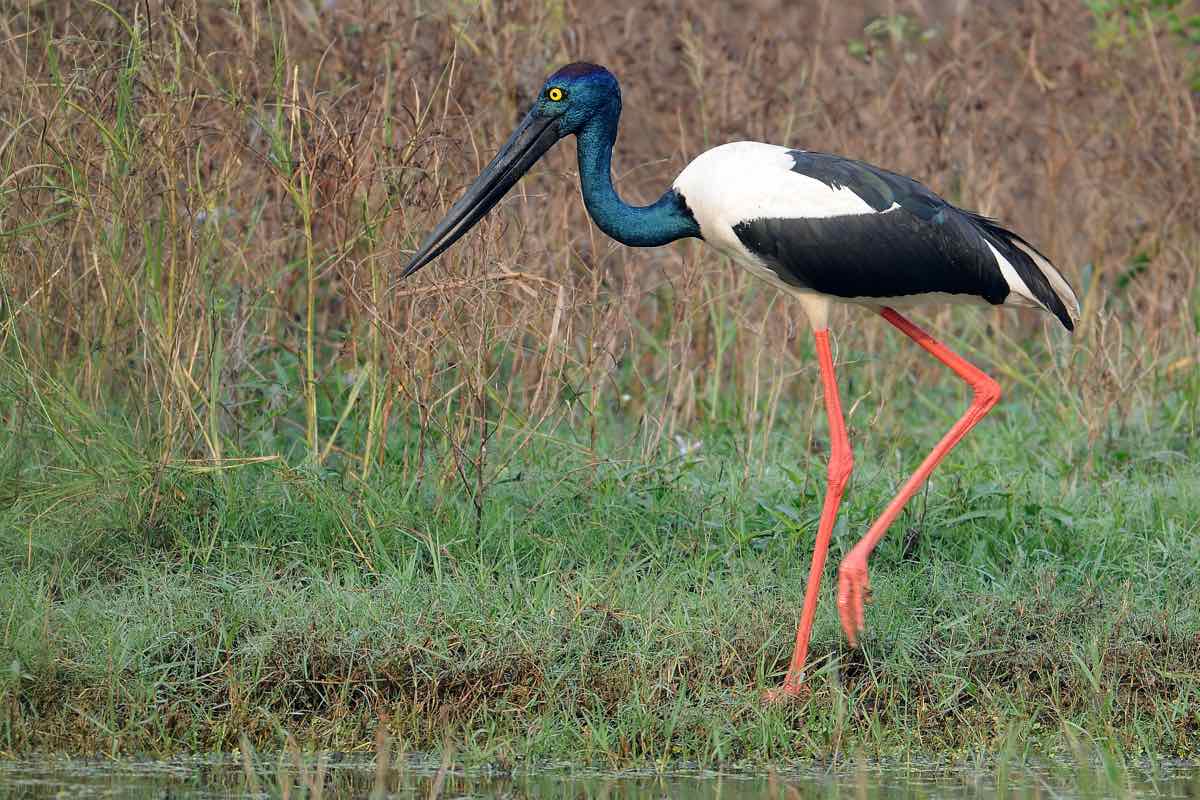
I am also pleased to report that we have three pairs of the tallest flight bird - the gracious Sarus Cranes, nesting this season in the Park.